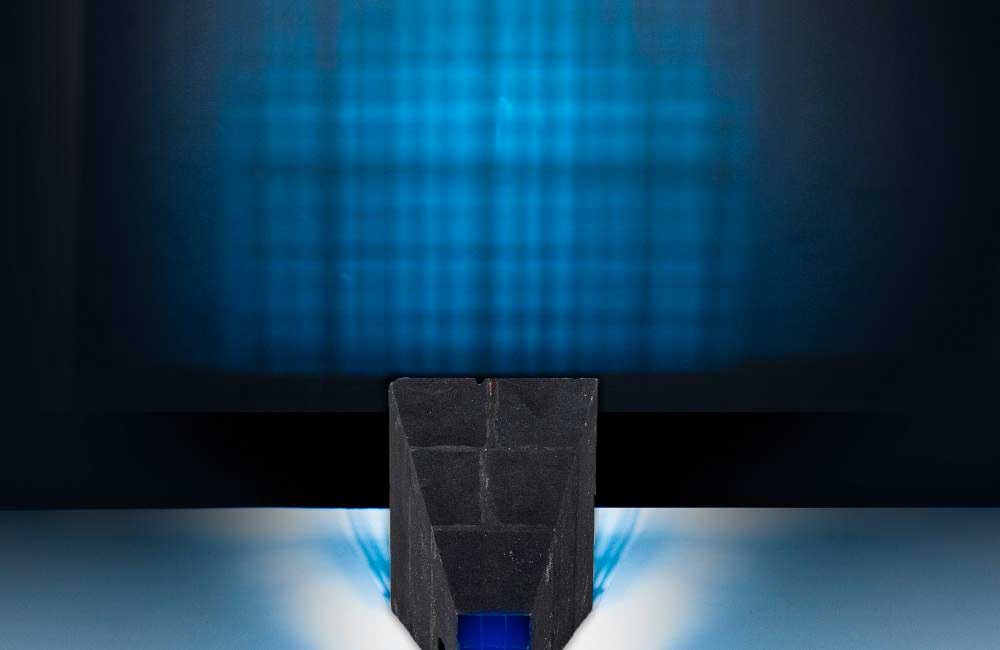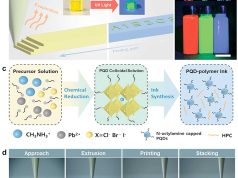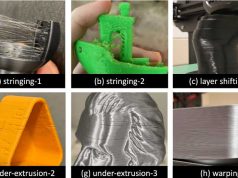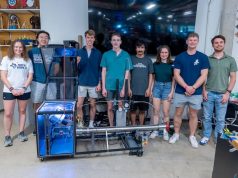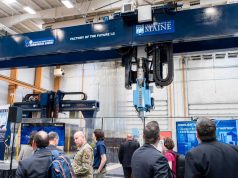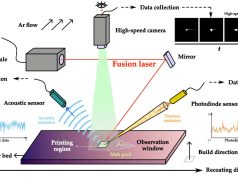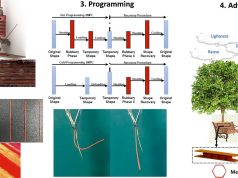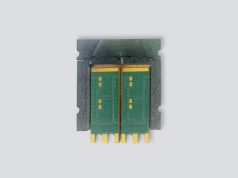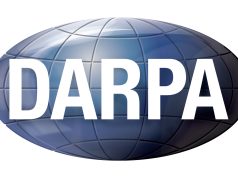Another approach the team took was to use an alternating blade design that allowed for a higher density of blades with reduced channel sizes, circumventing some of the size-related limitations of 3D printing. By simulating the entire experiment with advanced computational methods, a design could be released directly to production without the need for additional engineering adjustments.
“The research trend toward using smaller samples of materials in more complex environments results in a larger number of neutrons that did not interact with the sample and are not scattering from the sample,” said Fahima Islam, the study’s lead author and a neutronics scientist at ORNL’s Spallation Neutron Source, or SNS. “These unwanted neutrons produce undesirable signatures in the data, which is why we were working to produce a 3D printed collimator that could be custom designed to filter out these unwelcome background features during different types of neutron scattering experiments.”
The performance of the fabricated collimator was tested at the Spallation Neutron and Pressure beamline (SNAP), a specialized high-pressure neutron diffractometer. The experiments showed extreme sensitivity of the collimator alignment, underlining the need for ultra-high precision in the fabrication and positioning of the collimator.
“To demonstrate the viability of using custom-built, 3D printed collimators, we decided to use a very small sample contained in a diamond anvil cell — a high-pressure chamber that uses diamonds to squeeze materials. Some of these cells are so complex and strong that they are capable of producing pressures approaching those at the center of the Earth,” said Bianca Haberl, the study’s corresponding author and a neutron scattering scientist at SNS. “In fact, high-pressure cells are some of the most complex environments used in neutron experiments, so it is a real challenge to filter out the huge amount of unwanted cell scatter they produce.”
Once precisely aligned, the collimator allowed for a significant improvement in the signal from the sample relative to the scattering by the cell, proving the concept.
“Simply scaling up the print as one large part with continuous blades was clearly not feasible without further optimizing the printing process,” said Garrett Granroth, a co-author and neutron scattering scientist at SNS. “A new concept was subsequently developed to print multiple smaller parts and then manually assemble them into a complete collimator. The main reason for using smaller pieces is that the cracking observed in the single-part design was primarily due to variations in the material’s contraction rate during the curing and cooling process. By reducing their overall size, the individual parts cooled more uniformly.”
The researchers also identified areas for future improvement, including tighter quality control in manufacturing and more precise alignment. By combining modeling and advanced manufacturing, the study opened new avenues for adapting instrumentation for neutron scattering and advancing neutron science.
Subscribe to our Newsletter
3DPresso is a weekly newsletter that links to the most exciting global stories from the 3D printing and additive manufacturing industry.



